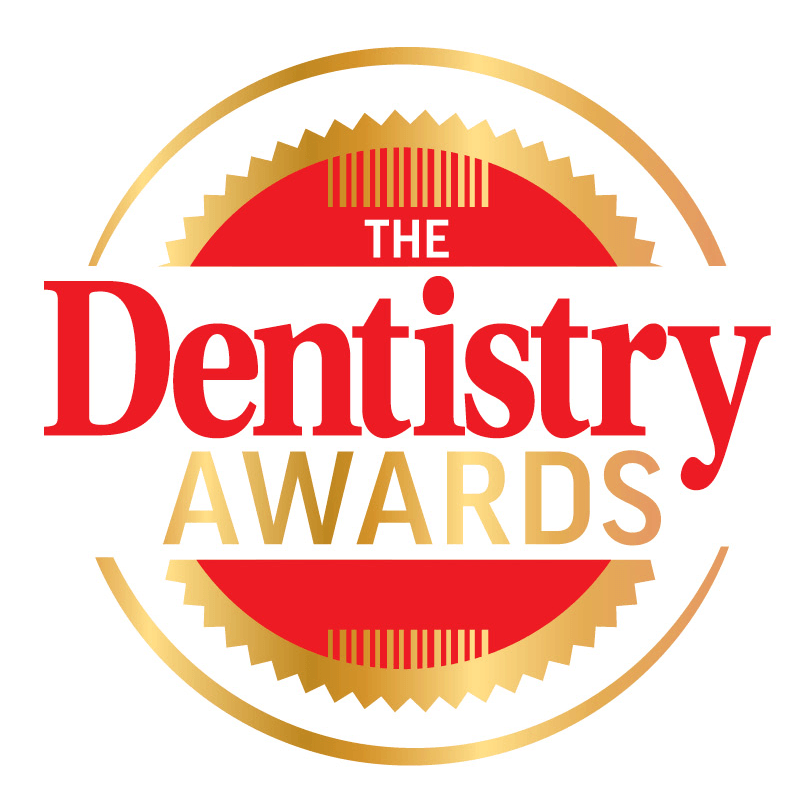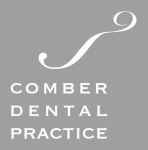Do you want brighter, whiter teeth?
Teeth whitening in Comber
Teeth Whitening at Comber Dental Practicefor upper and lower teeth inclusive of:
- Examination, assessment and discussion of options
- Custom made trays using an impression of your teeth
- Fitting of trays and instruction on use
- High quality whitening gel





